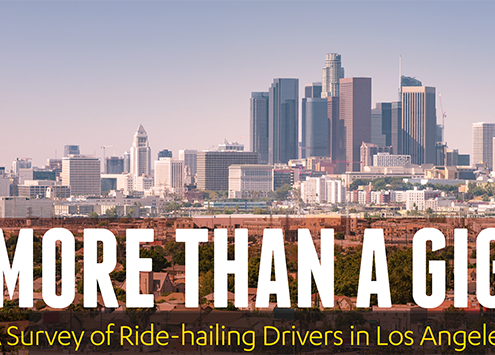
More Than a Gig: A Survey of Ride-Hailing Drivers in Los Angeles
By Abel Valenzuela Jr. Professor and Director of the UCLA…
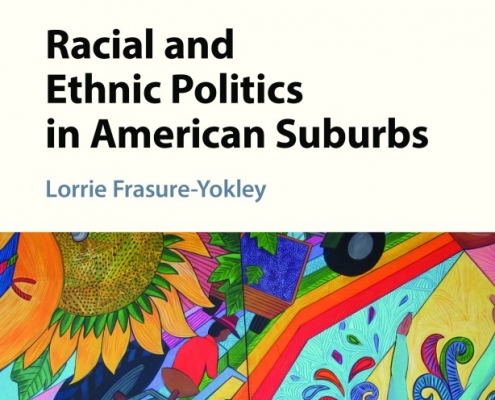
PART 2: “Conversations with Changemakers” featuring Dr. Lorrie Frasure-Yokley
The following interview with Changemaker Dr. Lorrie Frasure-Yokley…

Is Hollywood Leaving Money on the Table? Key Findings from the Hollywood Diversity Report 2018
The Hollywood Diversity Report 2018 is the fifth in a series…

From Tide Pods to Perfumes: UCLA CSW’s Chemical Entanglements Initiative
By Gracen Brilmyer, Graduate Student Researcher, UCLA Center…
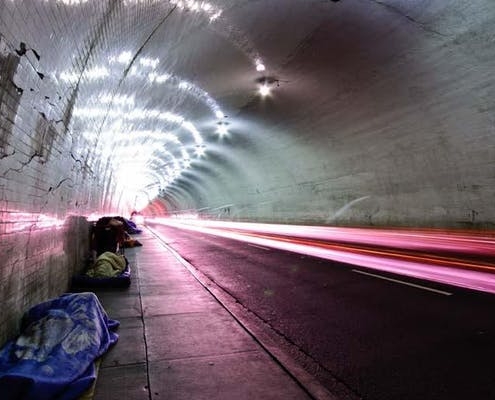
UCLA and Homelessness: See. Study. Solve. May 21-24, 2018
We call homelessness a crisis in Los Angeles because we…
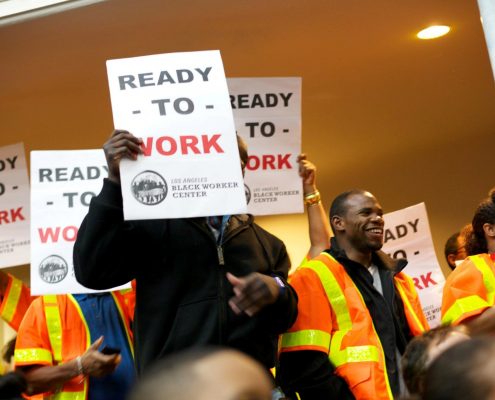
Ready to Work, Uprooting Inequity: Black Workers in Los Angeles and California
By Lola Smallwood-Cuevas, Project Director & Saba Waheed,…

Social Sciences Alumni to be Honored by the UCLA Alumni Association
The UCLA Alumni Association will be honoring several distinguished…
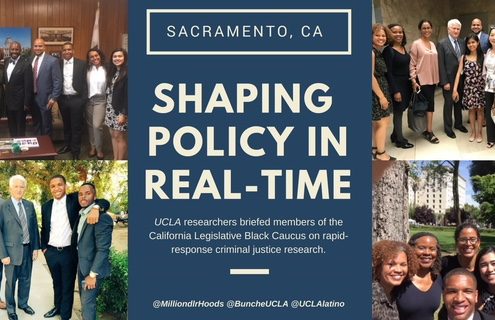
Million Dollar Hoods Goes to Sacramento
May 4, 2018 Last week, Dr. Kelly Lytle Hernandez, professor…
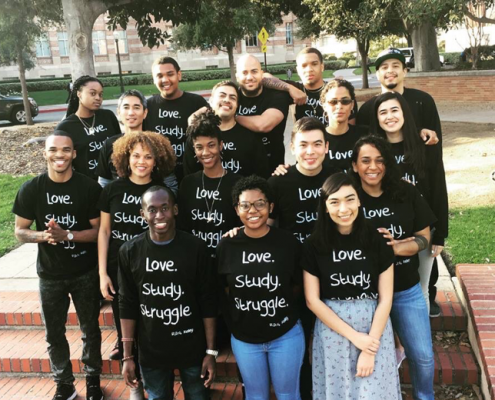
Mapping LA’s Million Dollar Hoods
By Kelly Lytle Hernandez Professor of History and African-American…

